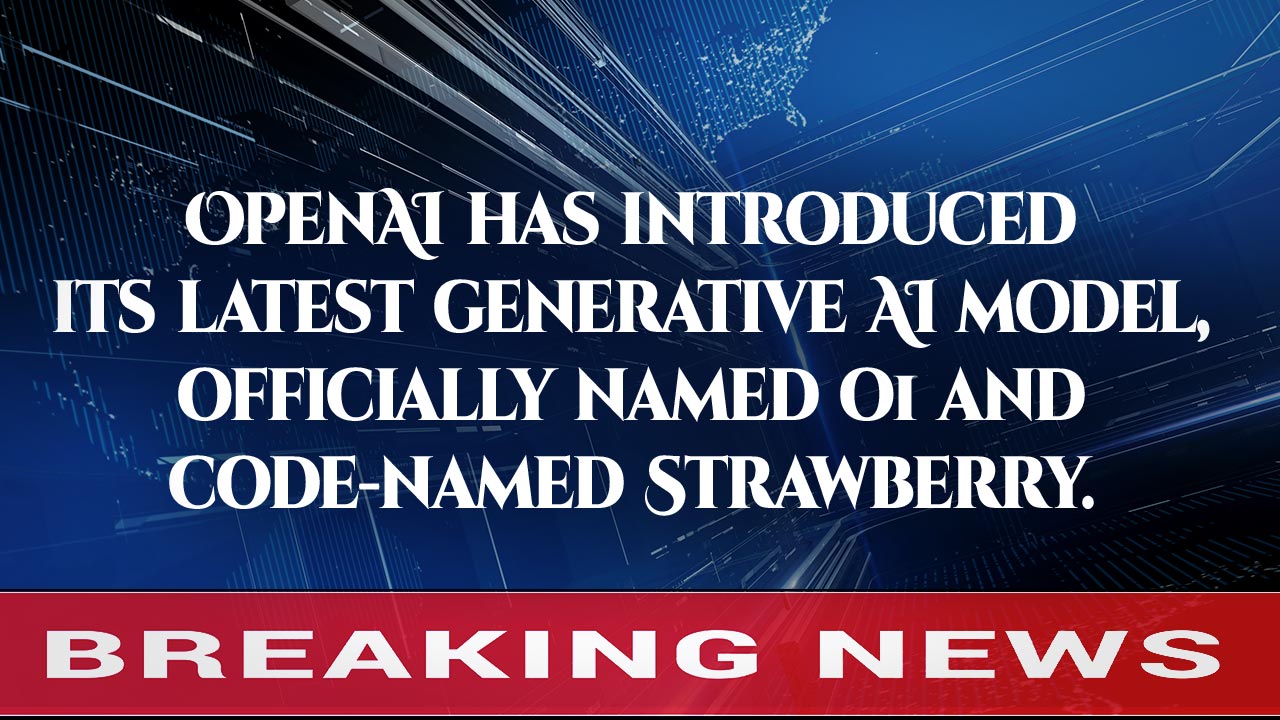OpenAI has introduced its latest generative AI model, officially named o1 and code-named Strawberry. The model comes in two variants: o1-preview and o1-mini, with the latter being a more efficient version tailored for code generation. Starting Thursday, it is available to ChatGPT Plus and Team subscribers, with enterprise and educational users gaining access early the following week. While o1 offers enhanced capabilities, it lacks some features present in its predecessor GPT-4o, such as web browsing and file analysis, and its image analysis capabilities are temporarily disabled pending further testing. The model is subject to rate limits—30 messages per week for o1-preview and 50 for o1-mini—and is priced higher than previous models, costing $15 per million input tokens and $60 per million output tokens via the API.
A standout feature of o1 is its ability to fact-check itself through an advanced chain of reasoning. This allows the model to spend more time deliberating on each query, enabling it to handle complex tasks that require synthesizing multiple subtasks. According to OpenAI research scientist Noam Brown, o1 is trained with reinforcement learning, encouraging it to “think” before responding by using a private chain of thought and optimizing its reasoning with specialized datasets. Early feedback from users like Pablo Arredondo of Thomson Reuters highlights o1’s superior performance in areas such as legal analysis, LSAT logic games, mathematical competitions, and programming challenges.
Despite its advancements, o1 has some drawbacks. Users have reported that the model can be slower in generating responses, sometimes taking over ten seconds for certain queries. There are also concerns about increased instances of hallucinations, where o1 may confidently provide incorrect information and is less likely to admit uncertainty compared to GPT-4o. These issues suggest that while o1 represents a significant step forward in AI reasoning and factual accuracy, it still requires further refinement to achieve flawless performance.
OpenAI faces stiff competition from other AI developers like Google DeepMind, who are also enhancing model reasoning capabilities. To maintain a competitive edge, OpenAI has chosen to keep o1’s raw chains of thought private, opting instead to display summarized versions. The true test for o1 will be its widespread availability and cost-effectiveness, as well as OpenAI’s ability to continue innovating and improving the model’s reasoning abilities over time. As the AI landscape evolves, o1 sets a high benchmark for future developments in self-factoring generative models.









Leave A Comment